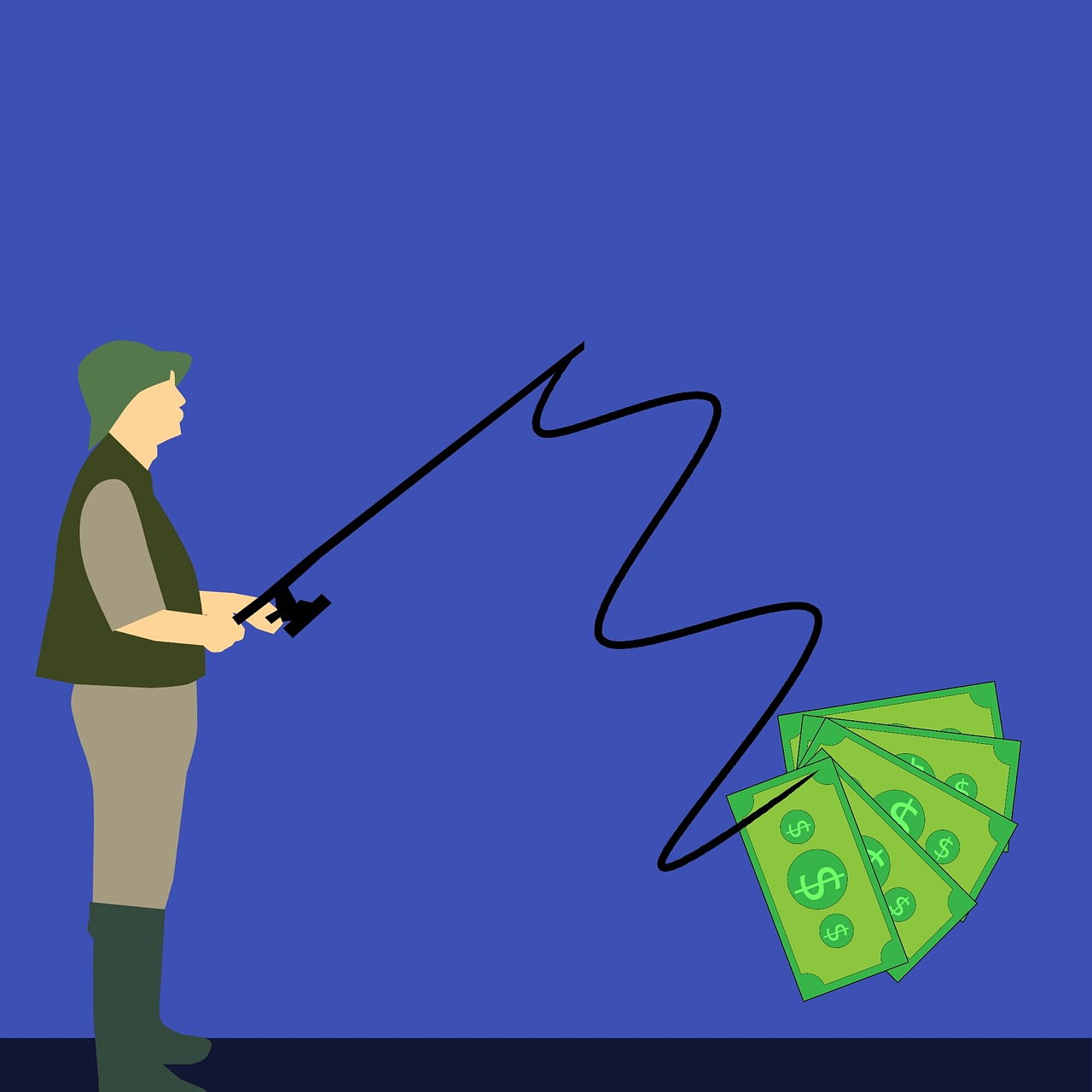Owning a mutual fund that’s down 20% or 30% is bad enough. Now, holders of many money-losing investments will be asked to pay capital gains taxes too.
The gains come from managers buying and selling securities inside the portfolio over the past year. If they sold a stock they’d owned for a long time, they may have a big gain on it — even if that stock, and the broader fund, are down this year.
Q3 2022 hedge fund letters, conferences and more
Say a fund bought a stake in Meta Platforms Inc. in 2014, back when it was known as Facebook and was trading in the $50s. The stock now trades around $111, so if the fund sold that long-held position it would still have a capital gain, even though Meta has fallen by about two-thirds this year.
As a result, many funds that are down double-digits this year will be distributing capital gains to shareholders, with some as high as 40% or more of the net asset value of the portfolio.

If investors don’t have losses in their own portfolios to offset the fund’s distribution, and hold the fund in a taxable account rather than a 401(k) or IRA, they’ll most likely wind up paying the long-term capital gains tax rate of 15%. (Some gains may be short-term, which means they were held for less than a year, and are taxed at ordinary income tax rates.) Tax is owed on gains even if they are reinvested in the fund.
‘Tough to Stomach’
“It’s definitely tough to stomach if you’re down overall, and the market is down 20%, and you still get these capital gains distributions,” said Stephen Welch, a manager research analyst at Morningstar who is tracking capital gains distributions. While funds are putting up notices about distributions on their websites now, payouts start in late November and run into late December.
A fund’s capital gains payout is expressed as a percentage of its net asset value, or NAV, which is the fund’s assets minus its liabilities. A distribution of 5% or so is not a big deal, said Welch, but “anything over 10% is where it’s starting to matter.”
Capital gains are paid to shareholders on a pro-rata basis, meaning payments are proportional to how many fund shares you own. Say you held 2,000 shares of a fund that had a net asset value of $20. If the fund has a capital gains distribution equivalent to 10% of its NAV, or $2, you’d get $2 for every share you own, or $4,000. A 15% capital gains tax on that would come to $600.
If you sold a security elsewhere in your portfolio for a loss during the year, however, you could offset that gain, up to $3,000. In this case, you would only pay that 15% tax on $1,000 of the $4,000 in capital gains, so $150.
Read the full article here by Suzanne Woolley, Advisor Perspectives.


